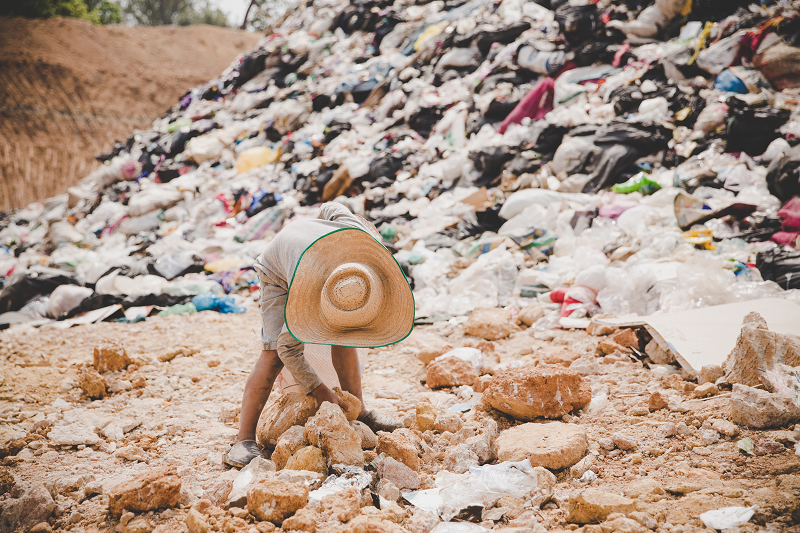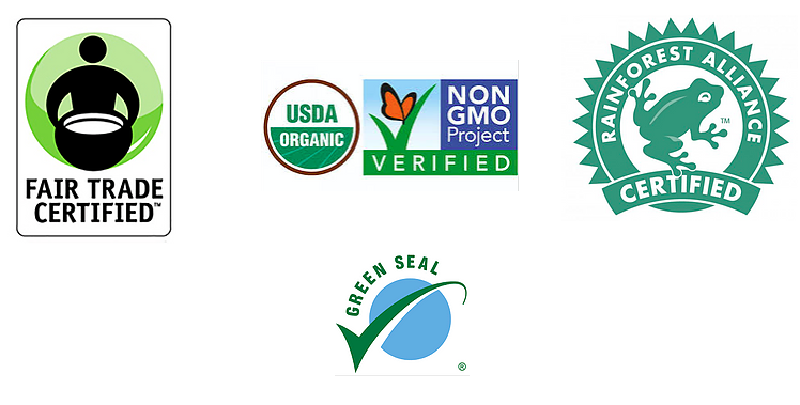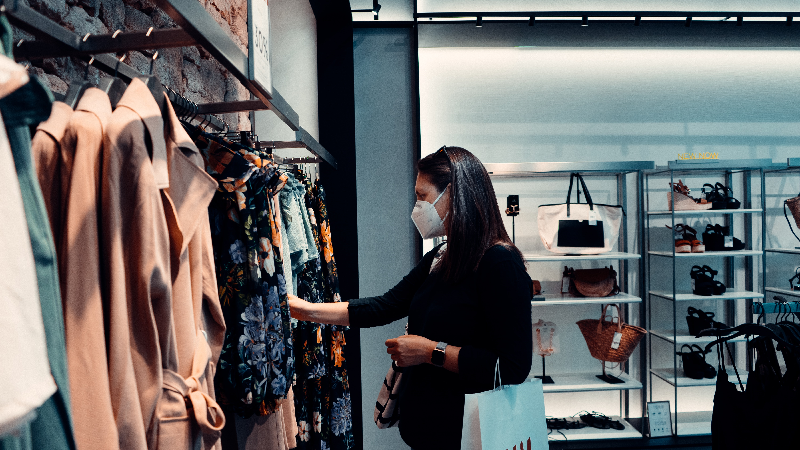Does Greenwashing sound green and clean to you? Unfortunately, it is the opposite of that.
Greenwashing is a dishonest business practice when an organization spends time and money on marketing themselves as environmentally friendly despite not putting in the effort to minimise their environmental impact.
Greenwashing is the act of making false or misleading claims about the environmental benefits of a product, service or technology. It is a deceitful advertising gimmick intended to mislead consumers who prefer to buy goods and services from environmentally conscious brands. Companies use greenwashing to appeal to customers who care about the environment without having to make meaningful changes in their business practices
Environmentalist Jay Westerveld coined the term “greenwashing” in 1986 in a critical essay inspired by the irony of the “save the towel” movement in hotels. While this movement was disguised as a way for guests to help hotels conserve water and save the planet, it essentially only cut down on laundry labor expenses for the hotel and made a minimal difference in water usage.
Companies That Have Engaged In Greenwashing On A Wide Scale Have Made Headlines Over The Years.
But Why Is it Still So Prevalent Nowadays?
This is because sustainable products are usually more expensive, and it still does not stop consumers from purchasing. In fact, in a Nielson poll from 2015, two-thirds of consumers are found to be willing to pay more for eco-friendly goods and half of them consider a product’s sustainability before deciding whether to purchase.
Furthermore, more funds are allocated for sustainability projects leading to the rise of greenwashing. Stocks and funds highly rated on environmental, social and governance (ESG) metrics have also attracted trillions of dollars of investments in recent years.
The 7 Sins Of Greenwashing

#1 Hidden Trade-Off
Environmental issues that are emphasized at the expense of another potentially more concerning issue. Brands may advertise a new change as green while ignoring its negative effects.
#2 No Proof
Environmental claims that are not backed up by factual evidence or third-party certification.
#3 Vagueness
Environmental claims that are lacking in specifics and are deemed meaningless. Brands can greenwash by making broad statements filled with buzzwords about their sustainability that are too vague to mean anything. Examples include ‘new and improved, ‘non-toxic,’ and ‘made with biodegradable materials.’
#4 Worshipping False Labels
Creating false certifications or labels to mislead consumers. Examples include phrases like “made with natural ingredients” instead of showing USDA organic certification or saying “vegan approved” instead of showing the product is PETA-certified vegan.
#5 Irrelevance
Unrelated environmental issues are emphasized. Companies greenwash their products by making claims that are true and accurate but not linked to their products.
#6 Lesser of 2 evils
Environmental claims on products that have no environmental benefits to begin with. This happens when companies promote one beneficial aspect of an otherwise damaging product.
#7 Fibbing
Environmental claims that are blatantly false and untrue. For example, a company may state that diesel cars do not actually pollute the air as they do not emit any carbon dioxide.
Green Marketing VS Greenwashing

There is a fine line between Green Marketing and Greenwashing. As opposed to Greenwashing, Green Marketing actually makes claims and are backed up by credible evidence (e.g certifications and accurate data). Green marketing is generally practical, honest and transparent. However, it will turn into Greenwashing when the company and product does not live up to the sustainable standards.
One popular example of a company Greenwashing is none other than our favourite fast food chain, McDonald’s. Back in 2019, McDonald’s had introduced paper straws that were claimed to be recyclable. However, it turned out to be a pretense of addressing plastic pollution as these paper straws could not be recycled. The questionable practice of cutting down trees – deforestation – to make disposable straws had definitely caused a huge backlash.
Another organisation which was guilty of Greenwashing was Volkswagen. They had initially started an ad campaign to debunk the fact that diesel was bad and that it used a technology where it emitted fewer pollutants. However, it was later discovered that they had rigged 11 million of its diesel cars with “defeat devices,” or technology designed to cheat emissions tests and that the vehicles emitted pollutants at levels up to 40 times the U.S. limit. They were made to pay 14.7 billion dollars to settle the allegations.
How To Avoid Greenwashing As A Sustainable Business?
As sustainability becomes the frontier of the future, many companies are resorting to such dishonest practices and tactics in desperate attempts to attract eco-conscious consumers.
To become a responsible and credible business, here are some ways to avoid Greenwashing your brand.
- Show credible facts: If you’ve got something to crow about in regard to, say, ingredients you use or certifications you’ve received, let the world know.
- Educate: Tell stories that support your green efforts. Be honest with your journey and show data-driven decisions.
- Tell your story: Using bikes rather than trucks to deliver your wares? Profile your bicycle delivery people on your website. In other words, don’t just preach about being green: Prove it with reliable and relevant testimonials and photos
- Embrace point of sale: Some of the most effective, powerful messages can be delivered right in the store, at that point at which the consumer decides to reach out and buy your product.
- Connecting with other businesses: Do business with other eco-friendly businesses, and encourage customers to do the same. Form partnerships with like green businesses to perpetuate the philosophy and business practices of going green.
How To Avoid Falling Victim Of Greenwashing?
#1 Look deeper into a company’s claims
If you see something on the label, go to their website and look for more information. If this information seems intentionally vague or broad, there’s a good chance that this company was using greenwashing techniques.
#2 Certification
A company can put “natural and organic” on their labels, but if it doesn’t have a certification label, it is most likely NOT organic as it is not verified by any agencies.
Some examples of what the certifications should look like:

#3 Aesthetics
A prominent example of a company that greenwashes is Fiji Water, their packaging and commercials feature a natural landscape with a child’s voice saying, “Fiji Water is nature’s gift to us,” “bottled at the source,” and “untouched by man.” However, they cannot provide evidence to support these claims.
#4 Common Greenwashing Words
These include: eco-friendly, green, all-natural, earth-friendly, non-toxic, plant-based, plant-derived, pure, raw, healthy, organic (without certification). These words mean usually mean nothing and are unsupported by evidence.
#5 Ask Questions
When in doubt, do not be afraid and please reach out to the companies to ask about their claims. Sourcing and ingredient information can usually be found easily on the websites.
#6 Irrelevant Claims
These are claims that are true but not relevant to the products. One example is a “CFC-Free”- chlorofluorocarbons (CFCs) as they are banned, so this is a indication of being sustainable or environmentally friendly.
#7 The Less Evil Of Two
A company can claim to be more sustainable than a competitor. However, if the industry itself is unsustainable, it does not make any difference. (i.e., plastic bags)
#8 Transparency
If a company is not being transparent with its practices, it’s usually because they are not environmentally friendly.
#9 Shop With Intention
Research the products you plan to purchase before going to the store. That way, you can go for that particular item and not fall for other greenwash advertising at the store.
#10 Minimal/Recyclable Packaging
In many cases, companies using greenwashing tactics will still have their products in an unnecessary amount of packaging. It is quite ironic considering the fact that they are using up more resources.
#11 Buy Less
Buying and consuming less is the best way to ensure you are being sustainable. As a consumer, it is a personal responsibility to reduce the amount you are buying and reuse what you have.
In Conclusion
The Monetary Authority of Singapore (MAS) is turning to regulation and technology to tackle so-called “greenwashing”, which it considers the weakest link in the push to expanding sustainable finance. Banks in Singapore will have to undergo stress tests from next year while making regulatory disclosures to ensure they are managing risks related to climate change and other environmental issues.
With all these efforts in trying to curb Greenwashing, I believe that it is the responsibility of all consumers and businesses, as well as the government to spread awareness of greenwashing. It is crucial to take urgent action and avoid doing things that may falsely mislead consumers. Be ethical and accountable for your own damage. Let us effectively reverse the harm done to our environment and ensure that the future generations are not compromised.

At Aventis, we provide Sustainability & ESG training workshops. Come meet our industry experts, Chan Mun Wei, Sue Meng Chan and Kavickumar for the following courses.
Starting & Managing Corporate Sustainability & ESG Strategy
Effective Guide to Sustainability Reporting
Responsible Sourcing, Supply Chain Management & Sustainable Procurement
Discounts are available when you sign up in groups of 3 or more! Feel free to reach out to Ms Germaine at 6720 3333 for more details!
Sources
What Is Greenwashing? – businessnewsdaily.com
A Guide to Greenwashing and How to Spot It – EcoWatch

